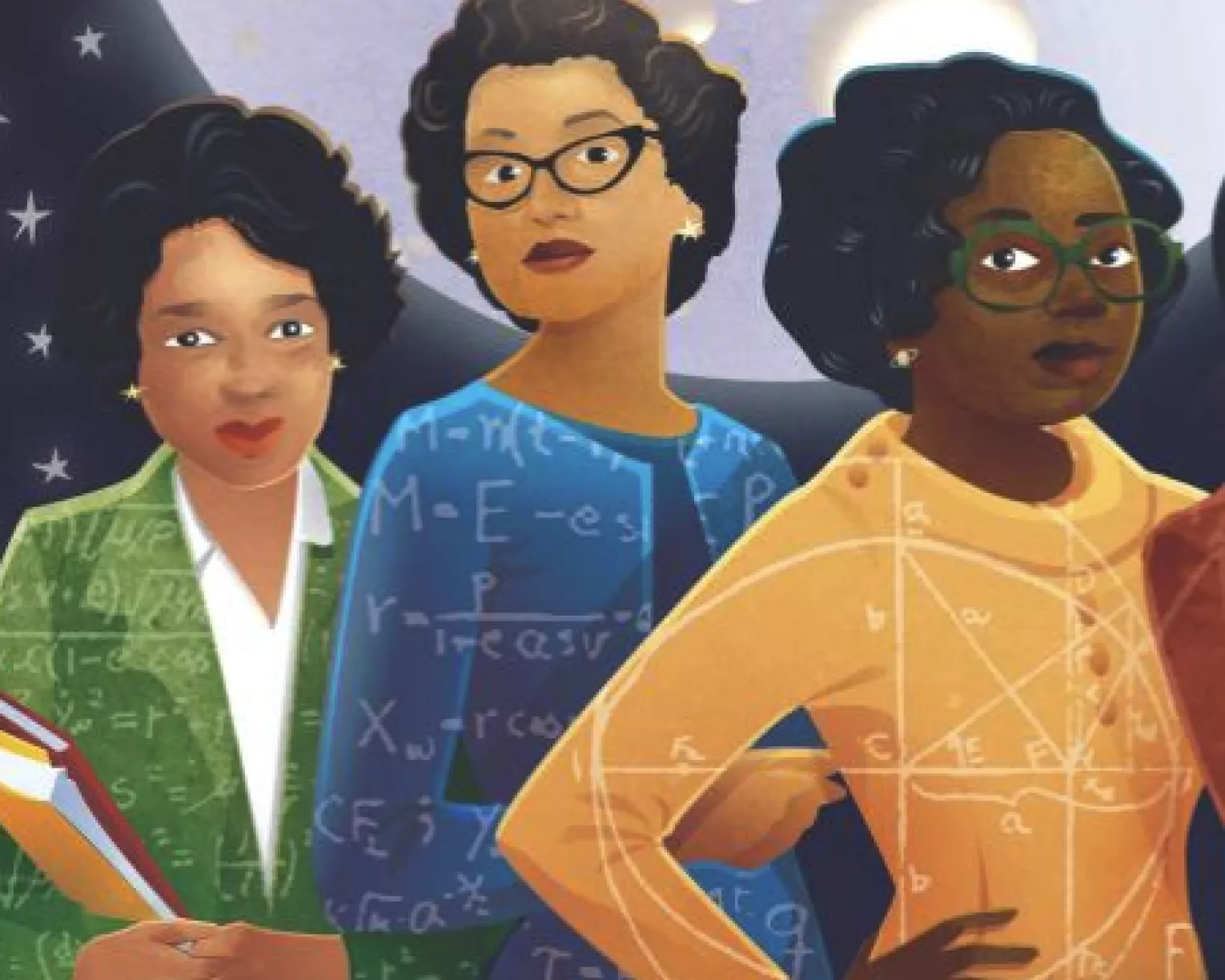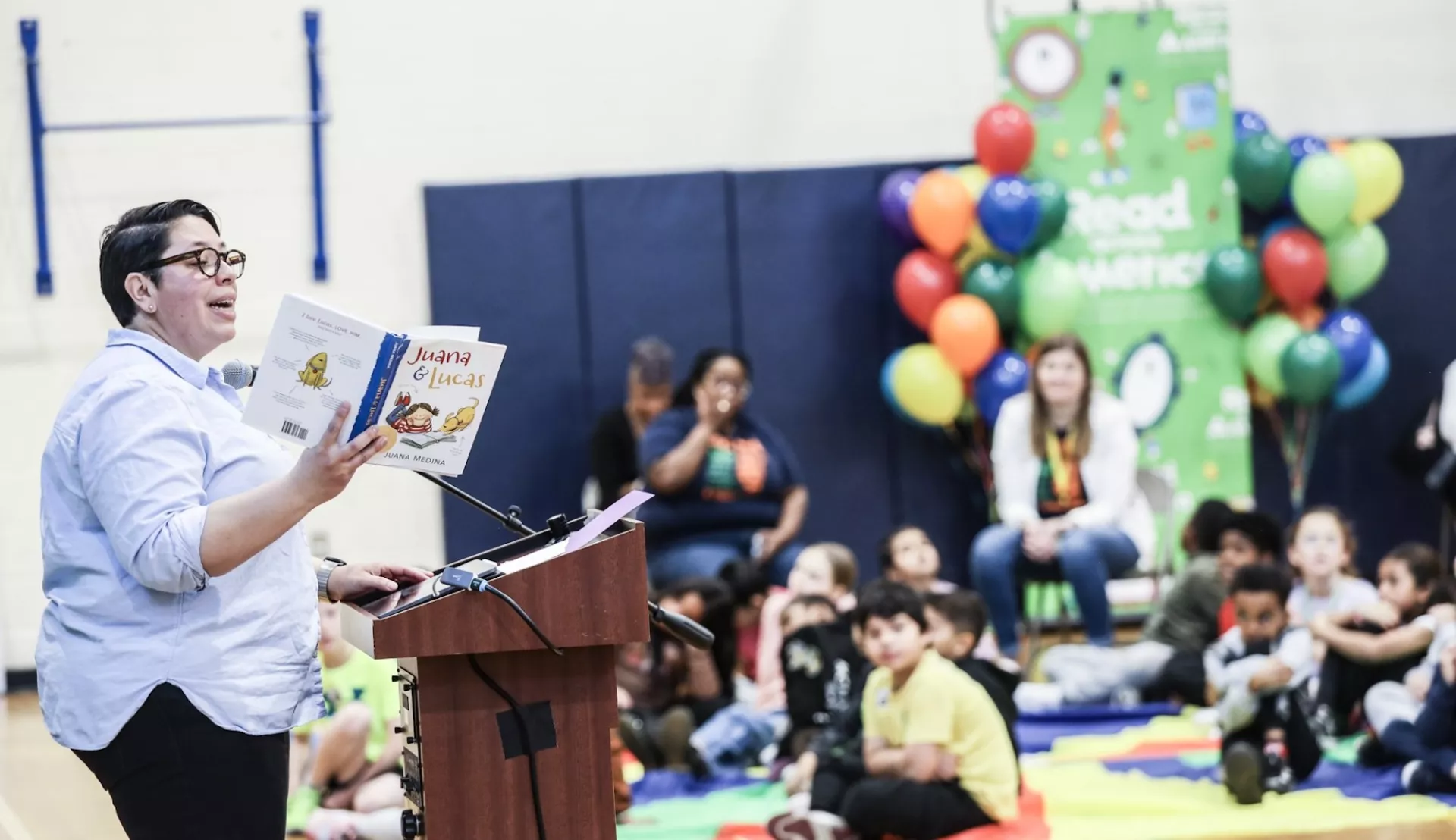When Mia Appling was in kindergarten, she was in a near-fatal car accident. Her teacher brought sympathy, warmth, and a pile of books to her hospital bed. Appling became captivated with one of those books, If I Could Fly, about a little boy who imagines all the things he would do and the places he would go if he could fly.
“This book literally set a passion inside of me for reading from the age of 4,” says Appling, now a first-grade teacher in Irvington, N.J. “I remember the book allowing me to imagine visiting different parts of the world, meeting different people.” She recalls repeating the words aloud, “If I Could Fly?”
Fast forward 23 years, when Appling began her career as an educator. She vowed to instill in her students the same love of reading that she had discovered in that hospital bed. She started out as a paraeducator and then completed New Jersey’s Alternate Route Teaching program in 2013, becoming licensed to teach elementary school.
Appling thought it would be easy to teach a class of first-graders who were on different reading levels. Today, she readily admits that she was wrong.
The students had been in school since pre-K3, but she says, “[Some] couldn't recognize letters from A-Z, letters in their own names, couldn't identify or make words rhyme, write their first name, or identify vowels and consonants.”

Frustrated by the difficulty of helping these students become fluent readers, Appling went back to school, in 2018, and earned a master’s degree in reading with a reading specialist certification.
“The program did not answer questions like, ‘How do you teach reading effectively, or how do you teach struggling readers?’” she says. “I was still left clueless, frustrated, and became hopeless about how to teach reading effectively.”
Still in pursuit of answers, the following year she followed up on an ad in her union magazine, the New Jersey Education Association Review, for a scholarship to become Orton-Gillingham (OG) certified. After completing the program in 2021, Appling finally felt she had the tools to teach literacy and help students in their learning journey. NEA does not endorse the OG program. However, Appling has found success using this method in her reading instruction.
How does she do it?
• She uses an anchor chart to show the placement of sounds.
• When she teaches six syllable words, she uses coding marks, also known as diacritical marks, to decode words.
• She has students touch different items when making a sound and uses cue cards to help the reading process.
• She creates routines to help students recognize high-frequency words.
• She helps most students reach mastery level by teaching them how to identify, say, spell, write, and read letters, words, sentences, and paragraphs. Importantly, she makes sure that most students are at mastery reading level before moving on to a new concept.
• She also uses techniques from trainings outside of OG, such as decodable and leveled readers, to help students comprehend what they are learning.
Practice, routines, and repetitions have made students confident when reading, Appling says, adding that they identify sounds and spelling patterns, and their fluency has increased.
Her biggest takeaway? “[I don’t] need fancy materials to teach reading effectively,” she says. What Appling did need, she adds, was to learn how to teach correctly.
Sundjata Sekou (pronounced Sund-Jata Say-Coo) is a Hip-Hop loving, “dope,” Black, male, elementary school teacher in Irvington, N.J., and NEA’s 2024 – 2025 writer-in-residence. With support from his union sisters and brothers in the NJEA Members of Color Affinity group, he received the 2024 New Jersey Education Association Urban Educator Activist Award. You can follow him on Instagram @blackmaleteacher and email him at [email protected].






